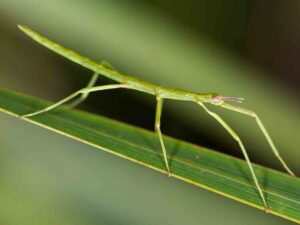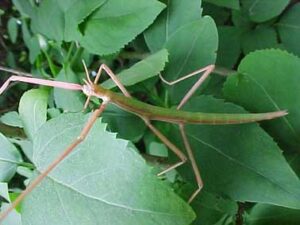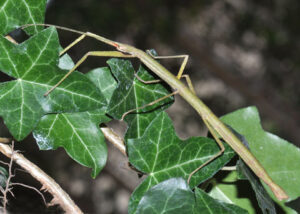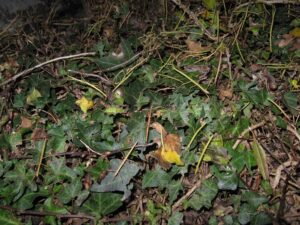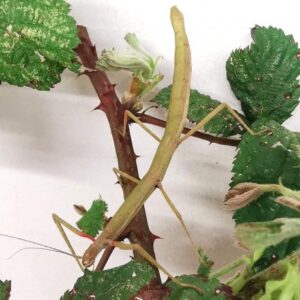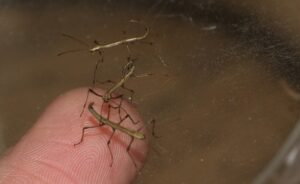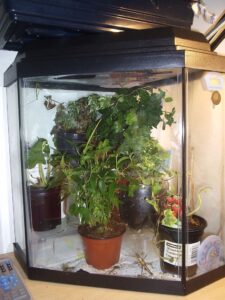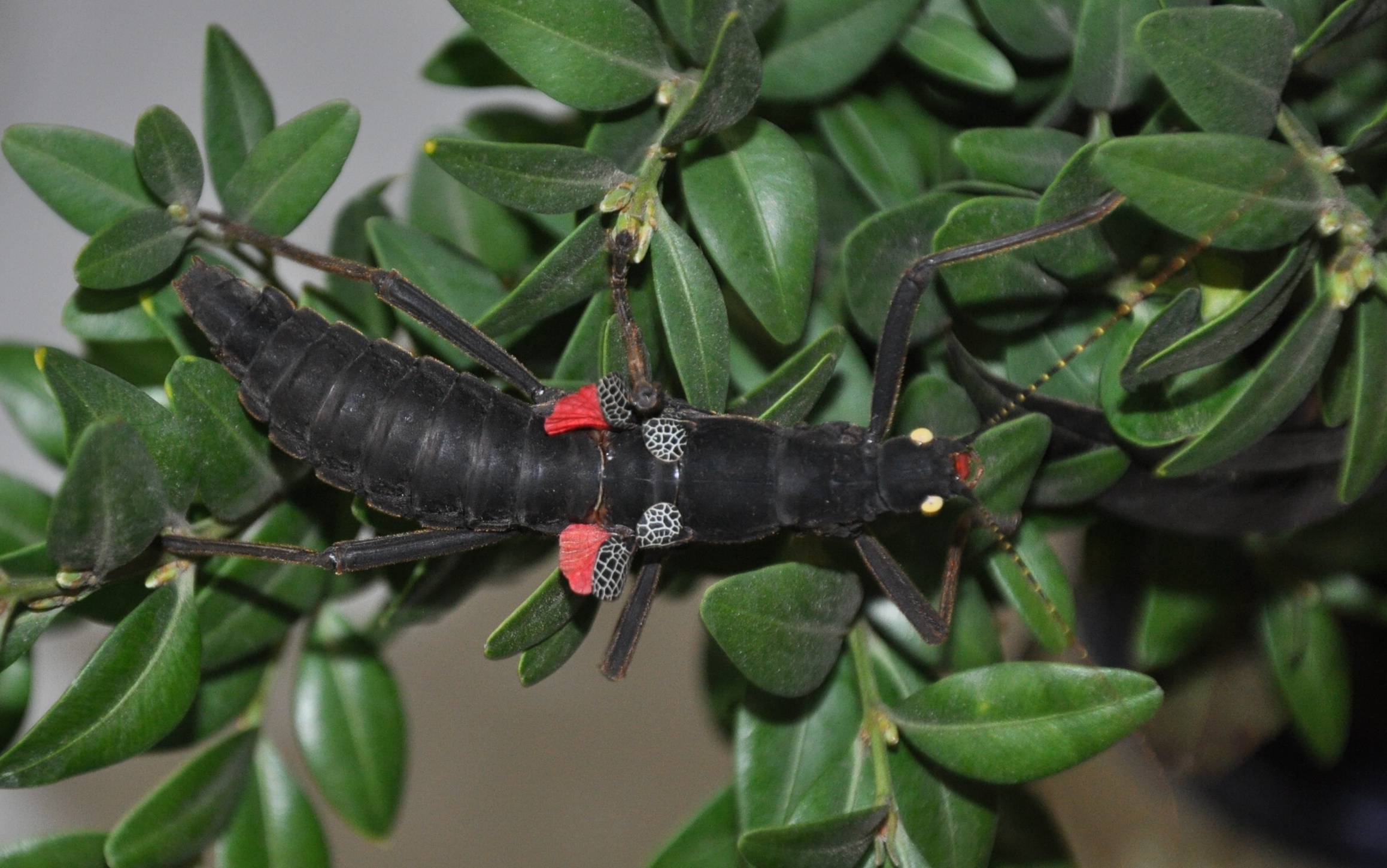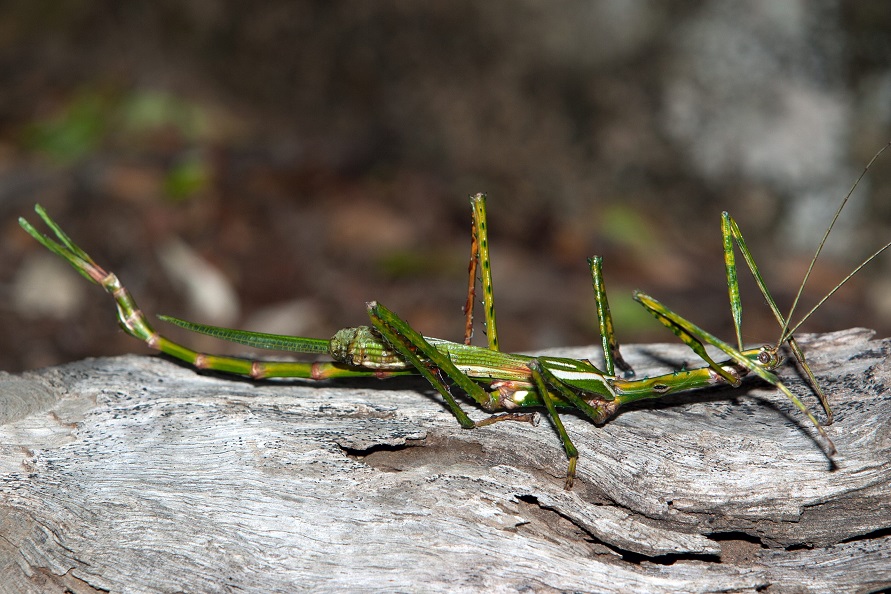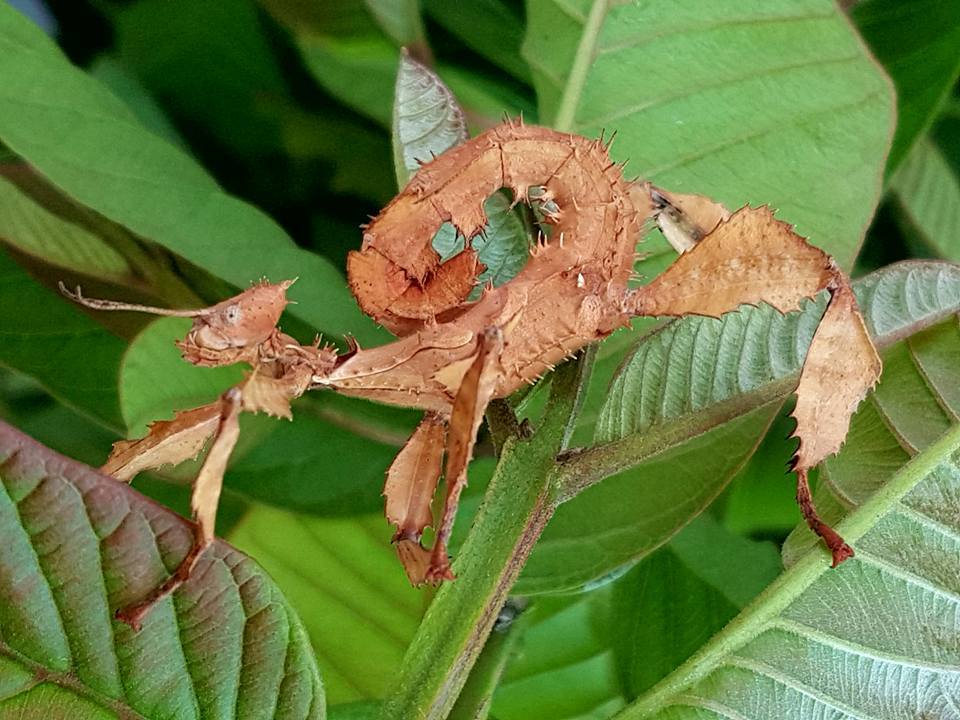Indian Stick Insect (Carausius morosus)
Updated on
17/11/2022Originating in South India, the Indian stick insect spread to different parts of the world thanks to its inconspicuous appearance and overall hardiness. While sometimes it can become a pest, it is most famous as a pet nowadays.
There are no incidents of males appearing in the wild, though certain captive specimens develop both male and female sexual characteristics.
Scientific Classification
- Class:Insecta
- Order:Phasmatodea
- Family:Lonchodidae
- Genus:Carausius
- Species:C. morosus
Conservation Status
Description
The females are 3-4 inches long. Indian stick insects are light green to darkish brown with red patches on the forelegs and yellow patches on the mid-legs.
Other Common Names: Common stick insect, laboratory stick insect, Indian walking stick insect
Distribution: Native – Tamil Nadu, India; Invasive – Great Britain, South Africa, and the United States
Habitat: Tropical forests and woodlands
Do they bite: No
Lifespan: Around one year
Predator: Birds, reptiles, or rodents
Behavior and Characteristics
Feeding
These insects are nocturnal feeders living on bramble, ivy, lettuce, privet, rowan, and spiderwort.
Defensive
If disturbed, they will play dead by holding their legs along the line of their bodies and becoming stiff.
Also, if the wind passes by, they sway like leaves to confuse predators.
Life Cycle
Most of these species are female and undergo parthenogenesis to reproduce.
1. Egg Stage
The eggs are 0.08 inches long and oval. They are brown, with a beige head. The nymphs emerge in two months.
2. Nymph Stage
After the eggs hatch, the young that emerge are tiny and string-like.
Pet Care Sheet
These stick insects are easy to care for and handle.
Enclosure: 8″ long x 8″ wide x 12″ high and made of glass, plastic, or mesh.
Temperature: 63-77°F with extra heating required during the colder months.
Humidity: These are hardy insects, so spraying their enclosure with distilled water should be enough for them.
Feeding: Their diet in captivity is similar to what they eat in the wild.
Substrate: Experts recommend about 1-2 inches of substrate consisting of soil and plant matter.
Source
saga.co.uk, bugguide.net, oldintranet.puhinui.school.nz, exotic-pets.co.uk, biology.ualberta.ca, smallexoticfarm.ie, lianginsects.com, phasmidstudygroup.org




